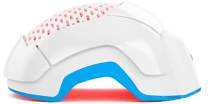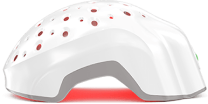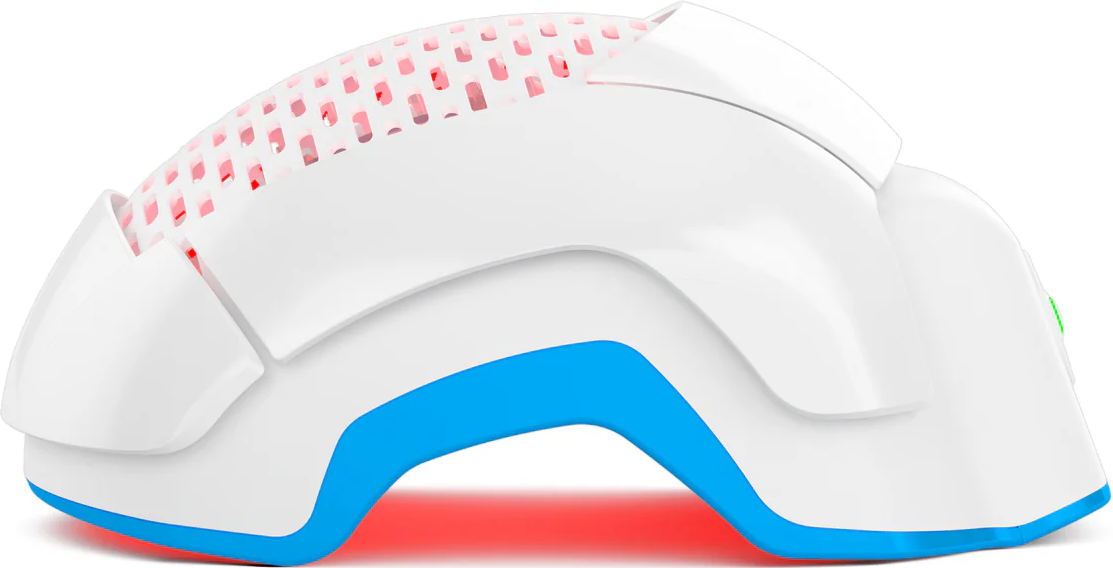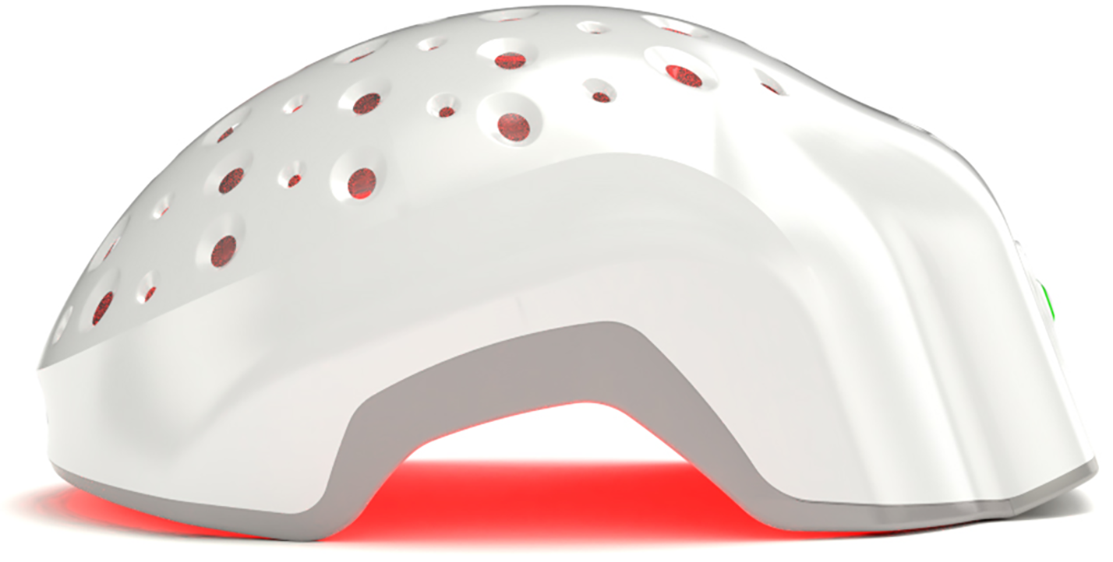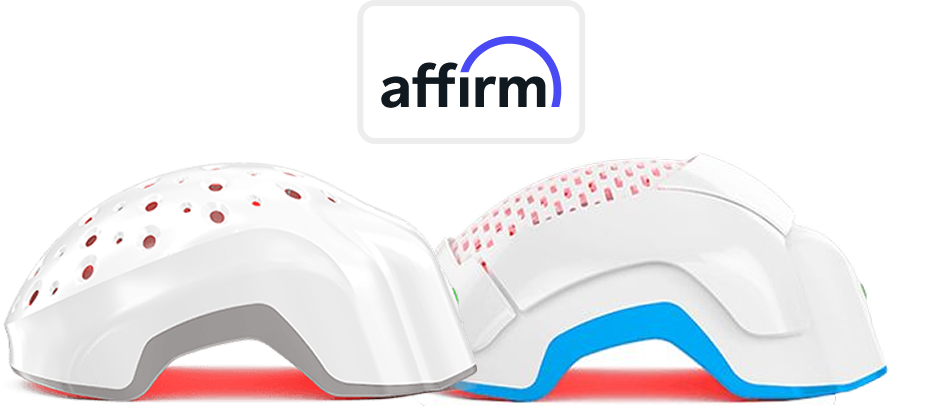Understanding your hair's porosity can be a game-changer in your hair care routine. Hair porosity is all about how well your locks can absorb and hold moisture. It determines how your hair behaves when you wash, style, or treat it. But here's the twist – not all hair is created equal, and understanding your hair's porosity type is necessary in your hair care routine.
In this blog, we'll dive into the three types of hair porosity and guide you through an easy water test to determine your hair's porosity. By the end, you'll know what type of hair porosity you have and how to give it the best care. But first, let's look at the proper meaning of hair porosity.
What is Hair Porosity?
Hair porosity refers to your hair’s ability to absorb and retain moisture. It’s a key factor in understanding your hair’s unique characteristics and needs—going beyond just whether your hair is dry or oily. Instead, it focuses on how well your strands take in and hold moisture.
Identifying your hair’s porosity involves several methods. Different levels of hair porosity tests, such as the water test and hair strand tests, or seeking professional advice to help determine whether your hair has low, normal, or high porosity. Low porosity hair has tightly sealed cuticles, making it resistant to moisture penetration. Normal porosity hair strikes a balance, allowing an ideal amount of moisture in and out. High porosity hair has overly porous cuticles, quickly absorbing moisture but struggling to retain it.
3 Types of Hair Porosity
Hair porosity falls into three categories: low, medium, and high. As you might assume, your porosity level determines how easily your hair absorbs and retains moisture. Let’s look at each type:
1. Low Porosity Hair
Low porosity hair has a tightly packed cuticle layer with overlapping scales that lay flat. Because of this, moisture and hair products struggle to penetrate, making hydration a challenge. This type of hair takes longer to get wet and dry.
Key characteristics:
- Moisture tends to sit on the surface rather than absorb.
- Heat or steam treatments can help open the cuticle for better product absorption.
- Prone to product buildup due to limited absorption.
2. Normal/Medium Porosity Hair
Medium porosity hair has a slightly looser cuticle layer, allowing it to absorb and retain moisture efficiently. It strikes the perfect balance, making it the easiest to manage.
Key characteristics:
- Holds styles well with minimal effort.
- Absorbs and retains moisture without excessive dryness or frizz.
- Requires moderate maintenance to stay healthy.
3. High Porosity Hair
High porosity hair has gaps and openings in the cuticle layer, allowing it to absorb moisture quickly—but just as easily lose it. This can lead to dryness, frizz, and difficulty retaining hydration.
Key characteristics:
- Prone to frizz, especially in humid conditions.
- Dries quickly after washing.
- Absorbs products easily but requires frequent reapplication due to rapid moisture loss.
What Causes Low or High Hair Porosity?
Several factors influence hair porosity, from genetics to daily hair care habits. Here are some of the main contributors:
Genetics: Your natural hair structure is largely determined by genetics. Some people are born with hair that naturally has higher or lower porosity.
Environmental Damage: Exposure to the sun, wind, pollution, and harsh weather conditions can weaken the hair cuticle over time, altering its porosity.
Chemical Processing: Treatments such as bleaching, dyeing, perming, and relaxing can compromise the integrity of the cuticle, making hair more porous.
Heat Styling: Frequent use of heat tools like straighteners, curling irons, and blow dryers can cause cuticle damage, leading to increased porosity.
Mechanical Damage: Rough handling, excessive brushing, and harsh hair accessories can weaken the cuticle, affecting moisture retention.
Age: As hair ages, the cuticle naturally experiences wear and tear, often leading to higher porosity over time.
How to Test Hair Porosity in Water?
If you’re unsure about your hair’s porosity, a simple at-home water test can help determine whether it has low, medium, or high porosity. Here’s how you can test hair porosity underwater:
What you’ll need:
- A clear glass of water
- A clean, dry strand of hair (preferably shed naturally)
Steps:
1. Prepare your hair: To get an accurate result, wash your hair beforehand to remove any product buildup. Let it dry completely.
2. Drop the strand in water: Place the strand into the glass of water and observe how it behaves.

Things to learn from the above water hair porosity test:
In the first glass labeled "Low Porosity," the hair strand is floating on the surface of the water. Since the hair has low porosity, it doesn't absorb water well, causing it to remain on top.
In the second glass labeled "Medium Porosity," the hair strand is floating in the middle of the water. This indicates that the hair has absorbed some water, allowing it to sink partially but not completely. This is typical of medium-porosity hair.
In the third glass labeled "High Porosity," the hair strand has sunk to the bottom of the water. High porosity hair absorbs water quickly and easily, causing it to become saturated and sink to the bottom of the glass.
The hair porosity test in water clearly shows how different hair porosity types interact with water, providing an easy way to understand and identify your hair porosity. Additionally, you can wet your hair shaft and observe how long it takes to dry to test its porosity.
Low Porosity Vs. High Porosity Hair
Low-porosity hair has a tightly bound cuticle layer that resists moisture absorption, whereas high-porosity hair has a raised, lifted cuticle layer, which allows moisture and products to easily enter and exit the hair fiber. Let's learn the differences between low vs. high porosity hair in detail:
Low Porosity Hair
Low porosity hair exhibits several signs that distinguish it from other hair types. Here are some common signs of low porosity hair:
- Cuticle scales lay flat and tightly bound, making it hard for moisture to penetrate.
- Resistant to absorbing water or products.
- Takes a longer time to get wet and dry.
- Product buildup can occur due to limited absorption.
- Hair tends to float for a while before sinking due to its inability to absorb water quickly.
- Oils and other products tend to sit on the hair rather than being absorbed, leading to a feeling of residue or buildup.
How to take care of low-porosity hair?
Low porosity hair struggles to absorb moisture, so the key to maintaining its health is using techniques that encourage hydration and prevent buildup. Here are some informed tips:
1. Use heat or steam for better absorption
- Rinse hair with warm water before applying products to help open the cuticle.
- Try steam treatments, a heated cap, or a warm towel wrap to enhance moisture penetration.
2. Choose lightweight products
- Opt for water-based or lightweight leave-in conditioners and oils which won’t sit on the hair or cause buildup.
- Avoid heavy butter and thick creams that can coat the hair rather than absorb it.
3. Clarify regularly
- Use a clarifying shampoo occasionally to remove product buildup, which can prevent moisture from getting in.
4. Apply products to damp hair
- Applying conditioners and styling products to damp (not soaking wet or dry) hair improves absorption.
5. Protective styling
- Styles like braids, twists, or buns help minimize moisture loss and protect the ends from environmental stress.
6. Trim often
- Regular trims prevent split ends and damage, which can interfere with moisture retention.
High Porosity Hair
High porosity hair tends to show specific characteristics that distinguish it from other types. Here are some common signs of high porosity hair:
- The cuticle layer has gaps, holes, or lifted scales, allowing moisture to enter easily but escape quickly.
- Tends to frizz easily, especially in humid conditions.
- Absorbs water and products rapidly but loses moisture just as fast.
- Prone to dryness and breakage due to rapid moisture loss.
- Hair appears dull or lackluster because the raised cuticles reflect less light.
- In the water test, high porosity hair sinks quickly because it absorbs water fast.
- Highly susceptible to damage from chemical treatments.
- Hairstyles might not hold since the hair struggles to retain moisture and structure.
How to take care of high-porosity hair?
High porosity hair absorbs moisture quickly but struggles to retain it, making hydration and cuticle protection vital. Here are some proven tips to help strengthen and maintain your hair:
1. Deep condition regularly
- Use deep conditioning treatments to replenish moisture and improve hair elasticity.
- Look for formulas with hydrating ingredients like shea butter, aloe vera, and hyaluronic acid.
2. Lock in moisture with heavier products
- Apply leave-in conditioners, creams, and heavier oils (like shea butter or castor oil) to seal in moisture.
- Layer products using the LOC (Liquid, Oil, Cream) method for better moisture retention.
3. Minimize heat and chemical damage
- Avoid excessive heat styling and harsh chemical treatments like bleaching or relaxing, which can further weaken the cuticle.
- If using heat, always apply a heat protectant.
4. Trim frequently
- As mentioned, regular trims help prevent split ends and further breakage, keeping hair healthy and manageable.
5. Strengthen with protein treatments
- Use protein treatments occasionally to repair and fortify the hair shaft, balancing moisture and strength.
- Be mindful not to overuse protein treatments, as too much can lead to brittleness.
6. Be gentle when handling hair
- Use a wide-tooth comb or fingers to detangle gently, starting from the ends and working your way up. Wet or damp hair is most fragile, so be sure to comb through hair particularly gently after washing.
- Minimize rough brushing and manipulation to prevent breakage.
7. Protect hair while sleeping
- Sleep on a silk or satin pillowcase or wrap your hair in a silk/satin scarf or bonnet to reduce moisture loss and friction.
Also Read: How to Identify If You Have Thick or Thin Hair
Conclusion
Understanding your hair's porosity is essential for creating an effective hair care routine tailored to its specific needs. Whether your hair has low, medium, or high porosity, knowing your hair type allows you to select the right products and treatments to keep it healthy, moisturized, and manageable.
However, even with the best care, hair challenges like thinning or hair loss can still arise. If you’re struggling with hair loss despite your efforts, don't be discouraged. Solutions like the Theradome laser hair growth helmet offer a non-invasive way to support hair regrowth and minimize hair shedding. This innovative device uses low-level laser therapy to stimulate hair follicles and promote healthier, fuller hair.
Remember, everyone's hair journey is unique, and it's perfectly okay to explore additional solutions when needed. Your hair care routine is personal, and with the right tools and treatments, you can achieve your healthiest hair yet.


